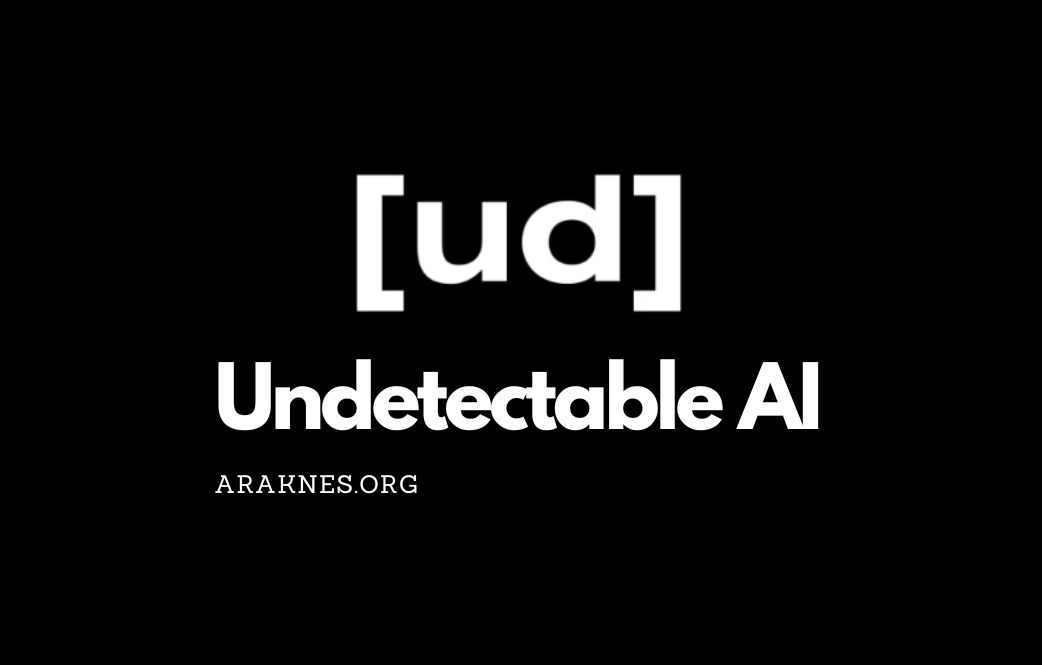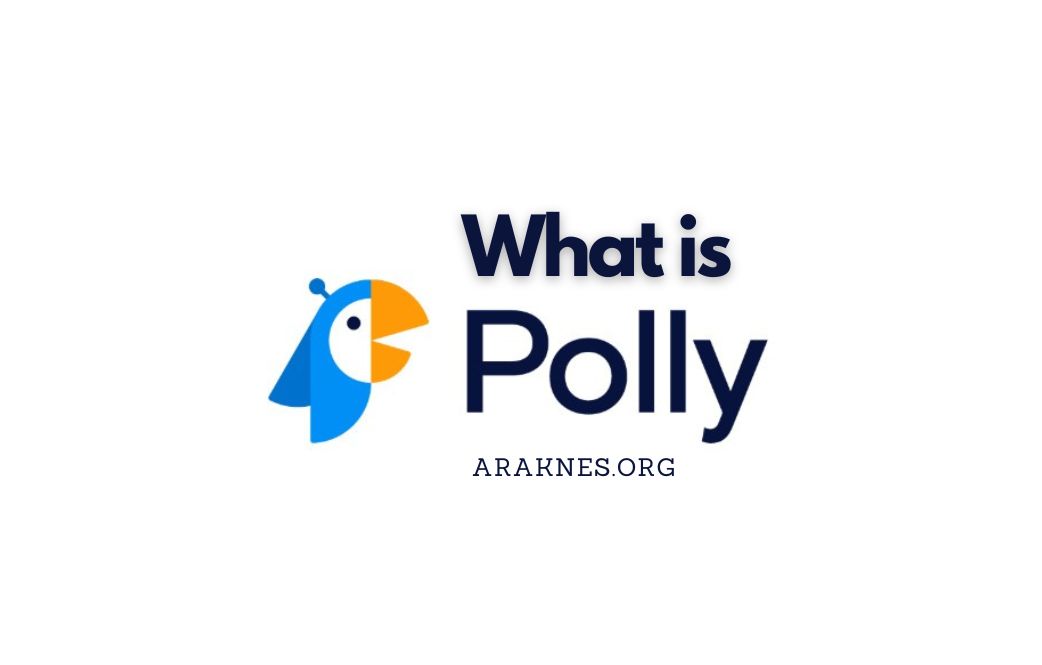The world of artificial intelligence (AI) is evolving rapidly, and a new wave of open-source models is gaining momentum. One of the most promising entrants is ARIA, a multimodal AI model developed by Rhymes AI in Tokyo. ARIA’s potential to challenge proprietary models like GPT-4 is generating buzz across the AI landscape. In this article, we will explore how ARIA is revolutionizing AI, its technical advantages, and what this could mean for developers looking for powerful yet accessible solutions.

ARIA’s Multimodal Architecture: Redefining AI Efficiency
Unlike traditional AI models that excel in only one domain, ARIA’s multimodal architecture allows it to process text, code, images, and videos. This versatility puts ARIA ahead of many competitors, providing a single framework for multiple tasks. Its Mixture of Experts (MoE) design activates only 3.5 billion of its 24.9 billion parameters per task. By doing so, it reduces computational load and energy consumption while maintaining high performance.
AI’s Role in Coding and Debugging: Where ARIA Shines
ARIA is not just limited to natural language processing (NLP); its prowess extends into the realm of coding and debugging. For developers, ARIA can generate Python code, analyze and debug complex logic, and even extract relevant code snippets from video tutorials. This level of specialization is a game-changer for those seeking to automate tasks like code generation or even perform financial analysis.

Benchmark Comparisons: ARIA vs. GPT-4 and Other Models
ARIA has been tested against both open-source and proprietary models, such as LLaMA and Pixtral showing strong performance in specialized tasks. Although ARIA may not be as versatile as GPT-4 in handling broad general knowledge, it demonstrates superior efficiency in targeted operations. This makes it a solid choice for developers who need to maximize performance while minimizing resource consumption.
Real-World Applications: From Document Analysis to Data Visualization
ARIA’s real-world capabilities have been tested across various industries. For instance, in the financial sector, ARIA excelled at analyzing complex reports and generating detailed profit breakdowns. When tasked with creating a data visualization for weather patterns, ARIA produced the Python code and the graph’s formatting instructions with remarkable precision. However, ARIA has shown some limitations in interpreting visual data from unstructured sources like screenshots, which is an area where proprietary models still have an edge.
Open-Source Flexibility: A Competitive Advantage for Developers
One of the most attractive features of ARIA is its open-source nature. Licensed under Apache 2.0, developers can customize and adapt the model to fit their specific needs, something proprietary models don’t allow. This flexibility is especially important for smaller developers or businesses who want to tailor AI tools without incurring the high costs associated with proprietary solutions.
While models like GPT-4 excel in broader tasks, ARIA’s modular design makes it a more efficient tool for those needing specialized AI. Developers can add new experts to the model without sacrificing performance, allowing ARIA to grow with their needs.
Potential Drawbacks: Hardware Requirements and Accessibility
Despite its impressive features, ARIA does come with some challenges. Running the model efficiently requires substantial hardware, such as an A100 GPU or multiple RTX 4090s working in parallel. This limits its accessibility for individual users or small development teams who lack the necessary computational power. However, as hardware becomes more accessible, this barrier could diminish over time.
ARIA’s Future in AI: A Glimpse into Open-Source Innovation
ARIA’s emergence is part of a broader trend toward more democratized AI tools. As open-source models like ARIA continue to develop, the gap between proprietary and open solutions is narrowing. Rhymes AI has positioned ARIA as a versatile, efficient, and scalable model that could shape the future of AI development. While it may not yet completely replace GPT-4 or Claude 3.5, its unique advantages make it a valuable tool in any developer’s arsenal.
As the world of AI grows, open-source models like ARIA represent a significant step forward, offering developers the power to innovate without the constraints of proprietary technology. Whether you’re building financial applications, automating code generation, or working with complex datasets, ARIA offers a promising glimpse into the future of AI-driven solutions.






Leave a Reply